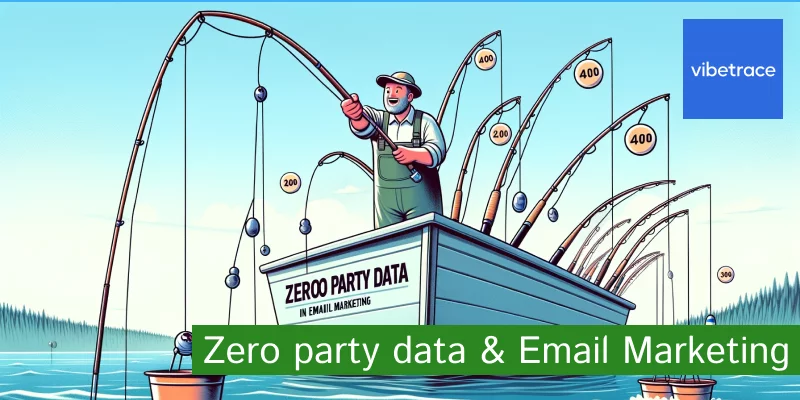Zero-party data refers to information intentionally and proactively shared by a customer with a brand, encompassing preferences, purchase intentions, personal context, and desired recognition.
Collecting zero-party data provides companies with an opportunity to enhance campaign effectiveness in email marketing by directly obtaining information from individuals, fostering trust and transparency within their audience.
In this article, we will discuss zero-party data in depth. We will look at the current trends, future possibilities, and the success it brings to email campaigns.
Collecting Zero-Party Data
A. Strategies for Gathering Zero Party Data
Interactive Content
The incorporation of quizzes, polls, and interactive campaigns stands as a potent strategy to elicit user participation and reveal audience insights into their preferences, opinions, or personal tastes.
By encouraging user participation and customization, these interactive elements not only provide valuable insights but also foster a deeper connection between the audience and the content.
Ideas of data that can be collected through interactive content:
- Demographic Information: Age, gender, location, education, and occupation.
- Contact Details: Email address, phone number, and social media handles.
- Interests and Preferences: Likes, dislikes, hobbies, and preferences in products/services.
- Quiz and Survey Responses: Answers to questions that can reveal attitudes, knowledge, and opinions.
- Usage Intent: Information on how they intend to use the product or service.
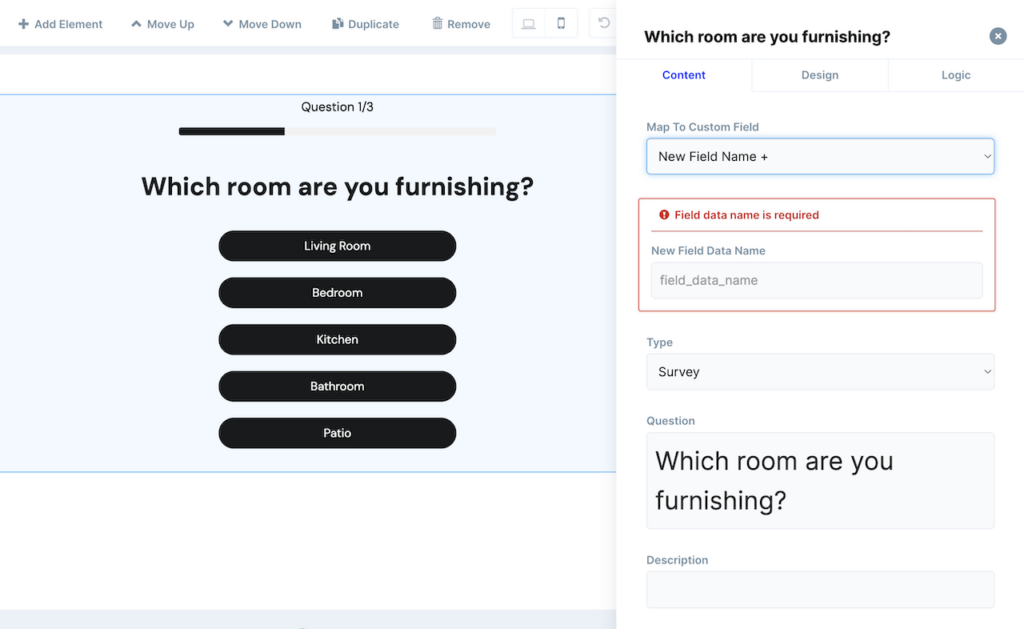
Preference Center
Encourage users to create personalized accounts where they can explicitly define their preferences and interests. This could include setting preferences for content types, product categories, or communication frequency.
Surveys and Feedback
The incorporation of surveys and feedback forms builds a robust framework for understanding user sentiments and refining offerings. You can integrate these mechanisms into the user experience, organizations can tap into the immediacy of user impressions and preferences, contributing to an agile and responsive approach.
This approach not only enhances user satisfaction but also underscores a commitment to continuous improvement, creating a symbiotic relationship where user feedback becomes an integral driver of positive evolution.
B. Ensuring Data Privacy and Consent
GDPR and CCPA Compliance
Two significant frameworks demand careful consideration with regard to data protection: the General Data Protection Regulation (GDPR) and the California Consumer Privacy Act (CCPA).
GDPR, with its broad scope, necessitates compliance for entities handling data on European Union residents. This regulation is centered on safeguarding user rights, fostering transparency, and instilling a sense of accountability. Organizations must ensure that their data processing activities align with these principles, emphasizing not only the legality but also the ethical considerations of data handling.
A pivotal aspect of GDPR compliance involves the establishment of a clear and communicative legal basis for processing user data. While consent stands as a primary lawful basis, entities should also consider alternatives such as legitimate interest or contractual necessity.
This multifaceted approach reflects the GDPR’s commitment to empowering individuals with control over their personal data and promoting responsible data management practices.

On the other side of the regulatory spectrum, the CCPA applies to businesses interacting with California residents, extending robust rights to consumers regarding their personal information. This legislation confers upon consumers the right to know, delete, and opt out of the sale of their data. In this context, businesses must implement measures to fulfill these rights, ensuring a transparent and user-centric approach to data handling.
A cornerstone of CCPA compliance involves providing clear and comprehensive notices about data practices, emphasizing the purposes for which data is collected, processed, and potentially sold.
Obtaining explicit consent, particularly in the context of selling personal information, becomes crucial. This commitment to transparency and user agency aligns with the broader movement toward empowering individuals with greater control over their personal information.
Customer Data Platform & GDPR/CCPA
What’s important for a CDP and Marketing Automation platform is to be compliant. Vibetrace Marketing Automation Platform does this be respecting the procedures.
Transparency and Trust
The symbiotic relationship between transparency and trust serves as a cornerstone in the ethical use of data for personalization and segmentation.
When individuals are informed about how their data is utilized and trust is fostered through ethical practices, organizations can harness the potential of data to create more personalized and meaningful interactions, all while respecting user privacy and preferences.
This approach not only meets regulatory requirements but also contributes to a culture of responsible data management, reinforcing the notion that data can be a tool for positive, mutually beneficial engagements.
Zero Party Data Segmentation
Zero Party Data Segmentation involves organizing and categorizing the data that users willingly and proactively share, helping businesses create personalized and targeted experiences.
A. Creating Customer Profiles
In the process of creating comprehensive customer profiles, a multifaceted approach involves strategic data collection, the integration of diverse data sources, and the maintenance of dynamic profiles that evolve in tandem with user interactions.
The first step in this process is data collection, which can be achieved through explicit user input. Users willingly provide information about themselves through preferences, surveys, and interactive content, offering valuable insights into their tastes, preferences, and needs.
This explicit user input forms a foundational layer of data that contributes to building a profile reflective of individual characteristics and choices.
To augment this user-provided data, a second step involves profile enrichment. This involves supplementing the information directly provided by users with additional insights derived from their interactions with the platform.
This could include data from user engagement, such as website interactions, product purchases, or content consumption. You can mix user input data with observed behaviors, a more nuanced and holistic customer profile begins to emerge, providing a richer understanding of individual preferences and behaviors.
Achieving a holistic customer view constitutes the third aspect of this approach. This involves the integration of data from various sources, forming a comprehensive perspective on each customer.
Zero-party data, derived directly from users, can be combined with other relevant sources such as transactional data, support interactions, and demographic information. This integration enables a more robust and nuanced understanding of each customer, transcending isolated data points to create a cohesive and interconnected profile.
Finally, recognizing that customer profiles are dynamic entities, the fourth step emphasizes continuous updates. Regularly refreshing and updating customer profiles is crucial to ensuring they accurately reflect changes in user behavior, preferences, or any other relevant data.
This dynamic approach acknowledges that customer preferences and behaviors evolve over time, ensuring that the profiles remain relevant and useful for personalized interactions.
B. Segmentation Strategies for Zero Party Data
Demographics
Demographics serve as a foundational segmentation strategy, categorizing users based on fundamental attributes such as age, gender, location, and income level.
Behavioral Data
Behavioral data offers a more dynamic segmentation strategy, focusing on user interactions and activities on the platform. This could encompass pages visited, products viewed, and time spent on the platform. Additionally, analyzing purchase history allows for segmentation based on factors such as the frequency of purchases, average order value, and the types of products bought.
Preferences
Preferences, as a third segmentation strategy, involve the use of explicit data obtained from preference centers and surveys. By understanding user preferences for content, communication channels, and product features, organizations can tailor their offerings to align with individual tastes.
C. Personalization Opportunities
Tailored Content
By utilizing zero-party data, organizations can offer personalized product recommendations, leveraging insights directly provided by users. This approach enhances the relevance of content and improves the likelihood of conversion.
Additionally, customization extends to various communication channels, allowing organizations to personalize website content, emails, and promotions based on user preferences and behavior. This comprehensive personalization approach transforms the user experience into a tailored journey, aligning content and communications with individual preferences and engagement patterns.
Communication Channels
By leveraging zero-party data, organizations can identify users’ preferred communication channels, whether it’s email, SMS, or social media. Furthermore, personalized communication frequency management ensures that users receive content at a rate that aligns with their preferences, avoiding the risk of overwhelming or disengaging the audience.
Special Offers and Promotions
Special offers and promotions provide an additional layer of personalization. Offering exclusive deals tailored to specific segments or individual preferences enhances user satisfaction and loyalty. Similarly, personalizing loyalty programs to reward users based on their preferences and past behavior adds a level of sophistication to engagement initiatives.
User Journey
User journeys can be effectively personalized by tailoring paths based on user preferences, guiding them through an experience crafted to align with their individual tastes and interests. Dynamic content, achieved through the use of dynamic content blocks, allows for real-time adaptation of website content based on user segments, ensuring a consistently relevant experience.
Event and Campaign Targeting
Segmentation enables the invitation of specific user segments to events, webinars, or product launches. Precision in marketing campaigns, achieved by targeting specific segments with tailored messages, enhances the effectiveness and resonance of promotional efforts.
Crafting Zero Party Data-Driven Email Campaigns
Unlocking the full potential of Zero Party Data (ZPD) is the key to creating email campaigns that truly resonate with your audience. In this section, we delve deep into the art of crafting email campaigns that are not just data-driven, but driven by the insights and preferences your customers willingly share.
Get ready to explore the strategies and techniques that will elevate your email marketing game, delivering personalized experiences that leave a lasting impact
Tailoring Email Content
Tailoring email content is a fundamental aspect of leveraging zero-party data.
By utilizing explicit preferences and information voluntarily provided by users, organizations can create highly targeted and relevant content. This may include tailoring product recommendations, promotional offers, or content topics based on individual preferences.
The goal is to provide a personalized experience that resonates with the unique interests and needs of each recipient, enhancing the likelihood of engagement.
Dynamic Content
Dynamic content is a powerful tool in zero-party data-driven email campaigns.
It enables real-time customization of email content based on various factors, such as user behavior, preferences, or even demographic information.
For example, dynamic content blocks can showcase different products or messages to different segments of the audience within a single email, ensuring a more personalized and impactful communication.
Email Design Considerations
Email design considerations play a crucial role in the success of zero-party data-driven campaigns.
The design should be visually appealing, easy to navigate, and optimized for various devices. Additionally, considering the preferences and feedback obtained through zero-party data, the design can be adjusted to align with the visual preferences of the audience.
Consistent branding, clear calls-to-action, and responsive design are all elements that contribute to an effective and user-friendly email design.
A/B Testing with Zero Party Data
A/B testing, when conducted with a focus on zero-party data, provides valuable insights into the most effective strategies for engagement. This testing methodology involves creating variations of email content, design elements, or subject lines and sending them to different segments of the audience.
By analyzing the performance of each variant, organizations can identify the approaches that resonate best with users based on their preferences and behaviors. This iterative process allows for continuous optimization of email campaigns, ensuring that the content and design align with the evolving expectations and preferences of the audience.
Measuring and Analyzing Zero Party Data
Measuring and analyzing zero party data involves monitoring key metrics, utilizing analytics tools, and making informed, data-driven decisions to optimize user engagement and overall campaign effectiveness.
A. Key Metrics to Monitor
- Data Collection Rate:
- Track the rate at which customers willingly provide ZPD. This metric helps gauge how successful your data collection efforts are.
- Data Consent Rate:
- Measure the percentage of users who give explicit consent to share their data. It’s essential to ensure that you have proper consent and comply with privacy regulations.
- Data Completeness:
- Assess how much ZPD you have for each customer. Incomplete data might limit your ability to create personalized experiences.
- Customer Profiling:
- Develop customer profiles based on ZPD, including demographics, preferences, interests, and behavior. This metric helps you segment and target customers effectively.
- Engagement and Interaction Metrics:
- Track user interactions with ZPD collection forms, surveys, or preference centers. Monitor metrics such as click-through rates, form submission rates, and time spent providing data.
- Preference Center Usage:
- Analyze how often customers visit and update their preferences in your preference center. Frequent updates can indicate an engaged audience.
- Data Accuracy:
- Assess the accuracy of the ZPD provided by customers. Validate data entries to ensure that it’s reliable for personalization efforts.
- Personalization Impact:
- Measure the impact of using ZPD in your marketing campaigns. Compare conversion rates, click-through rates, and other relevant metrics between personalized and non-personalized content.
- Customer Satisfaction:
- Collect feedback from customers to gauge their satisfaction with the personalized experiences powered by ZPD. High satisfaction can lead to better customer retention.
- Data Privacy Compliance:
- Ensure that you are complying with data privacy regulations, such as GDPR or CCPA, when collecting and using ZPD. Monitor compliance metrics and any related customer requests.
- Data Security:
- Track incidents related to data breaches or unauthorized access to ZPD. Implement measures to protect customer data.
- Data Consent Renewal Rate:
- Monitor the rate at which customers renew their consent to use their ZPD over time. Customers’ preferences may change, so it’s essential to maintain up-to-date permissions.
- Conversion Rate and ROI:
- Assess how ZPD-driven personalization impacts your conversion rates and return on investment (ROI) for marketing efforts. Determine whether ZPD is contributing positively to your business goals.
- Customer Lifetime Value (CLV):
- Analyze whether ZPD-driven personalization contributes to higher CLV by increasing customer retention and engagement.
- Customer Churn Rate:
- Monitor whether the use of ZPD leads to a reduction in customer churn by providing more tailored experiences and content.
- Feedback and Surveys:
- Collect feedback through surveys or direct customer interactions to understand their perception of ZPD usage and any improvements they’d like to see.
B. Using Analytics Tools
Leveraging analytics tools is essential for robust measurement and analysis of zero-party data. Popular tools like Google Analytics, email marketing platforms (e.g., Mailchimp, HubSpot), and customer relationship management (CRM) systems offer comprehensive insights into user behavior, engagement, and conversions.
Email Analytics
Email marketing platforms provide detailed analytics on open rates, click-through rates, and other engagement metrics. These tools often offer visualizations and reports that make it easy to track performance over time and across different campaigns.
Website Analytics
Integrating zero-party data insights with website analytics tools like Google Analytics allows for a holistic view of user behavior beyond the email interaction. Understanding how users navigate the website post-email interaction provides valuable context for refining future campaigns.
CRM Systems
Customer relationship management systems help consolidate and analyze zero-party data over the entire customer lifecycle. These systems offer insights into individual customer preferences, behaviors, and interactions, facilitating personalized communication strategies.
C. Making Data-Driven Decisions
The process of making data-driven decisions involves a continuous cycle of analysis and refinement, aiming to extract valuable insights from available data. The focal point of this approach is the constant iteration based on the gathered insights.
Regular scrutiny of metrics is essential not only for identifying isolated data points but also for understanding overarching patterns and trends, forming a foundation for informed decision-making.
This iterative process delves into data, extracts meaningful insights, and applies them to refine content, design, and targeting strategies, emphasizing continuous improvement and adaptation to the evolving data landscape.
Personalization adjustments play a crucial role in this methodology, with a focus on leveraging zero-party data voluntarily shared by users. By tailoring content, communication channels, and offers with precision, organizations can align more closely with individual user preferences, exceeding expectations and leading to heightened engagement and satisfaction.
Simultaneously, the optimization of user segments, driven by zero-party data, is emphasized. Constant refinement and optimization of user segments based on behavior and preferences ensure hyper-targeted communication, acknowledging the dynamic nature of user interactions and maintaining relevance and effectiveness. The overarching philosophy is one of continuous improvement, with each cycle building upon insights gained from preceding iterations, creating a dynamic, adaptive, and forward-looking decision-making process.
Case Studies
A. Real-World Examples of Brands Using Zero Party Data
ZooPlus, in the pet supply industry, adopted a straightforward yet effective approach to gathering zero-party data. Through a registration form strategically designed to be concise and impactful, the company sought essential information from its customers. By asking pertinent questions related to the type and size of pets, along with their preferences, ZooPlus garnered crucial insights.
These insights, carefully targeted to impact the customer experience directly, empowered ZooPlus to refine newsletters, product recommendations, and overall customer interactions. The focus on extracting only the most relevant information underscored a deliberate strategy to enhance the customer experience with precision.

L’Oréal, a prominent beauty brand, showcased a multifaceted use of zero-party data to bolster brand building, foster customer loyalty, and drive revenue growth. Employing a variety of interactive tools such as polls, stories, and surveys on social media, L’Oréal engaged directly with its target markets, capturing invaluable insights.
Taking innovation a step further, L’Oréal introduced a virtual try-on feature. This feature allowed customers to virtually try and share their favorite products through their phone’s camera, generating organic buzz on social media. This creative approach not only enriched the brand-building process but also demonstrated the power of zero-party data in creating authentic connections with consumers.
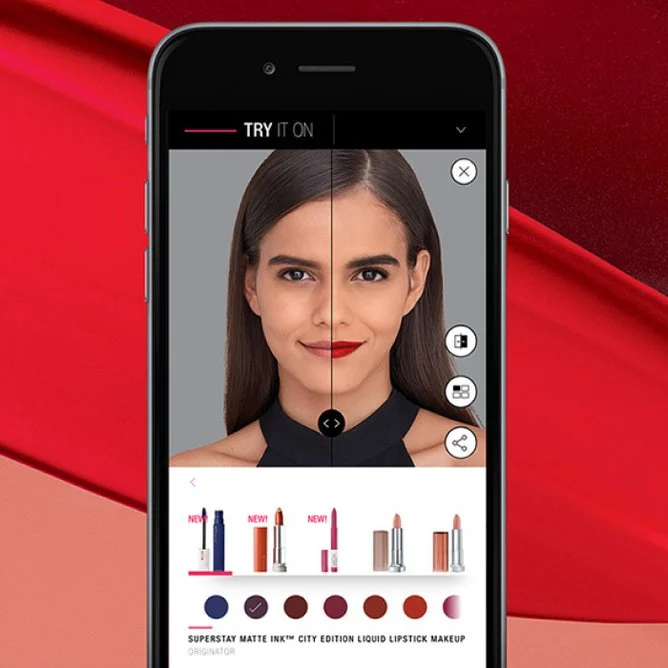
B. Success Stories and Results
Zero-party data and loyalty programs form a symbiotic relationship, creating a dynamic where consumers willingly share personal information in exchange for tailored experiences and incentives.
Rue21, a clothing retailer, and Sephora, a beauty brand, exemplify how this synergy can be harnessed to not only collect valuable insights but also to foster customer loyalty through personalized interactions.
Rue21’s loyalty program, Rue21 Rewards, epitomizes this collaboration. The retailer incentivizes its loyalty members by offering extra points, personalized deals, and other benefits in exchange for completing surveys on their buying preferences. This strategic exchange enables Rue21 to gather zero-party data directly from its customers.
By using the insights obtained from these surveys, Rue21 gains a granular understanding of individual preferences and buying habits. Armed with this knowledge, the company can then tailor its product offerings in a highly personalized manner. The aim is not just to encourage repeat purchases but to elevate the overall customer experience by presenting relevant and enticing choices.
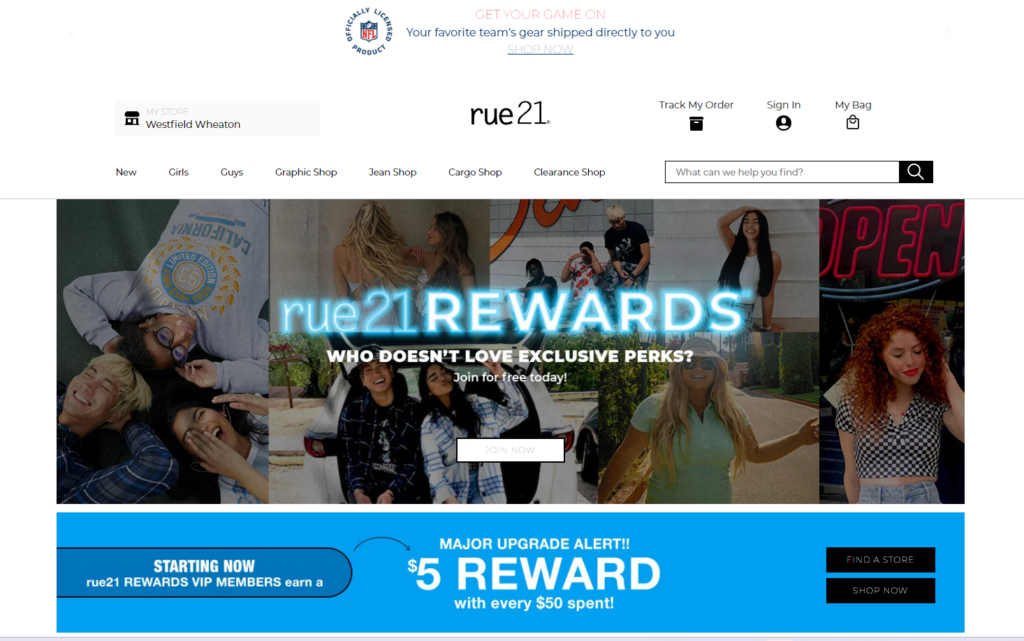
Similarly, Sephora, a well-known beauty brand, has capitalized on the intersection of zero-party data and loyalty programs to create a distinctive and personalized customer journey. Through quizzes and other means of collecting zero-party data, Sephora compiles a rich repository of customer preferences. This data isn’t just confined to basic demographic information but extends to skincare and makeup preferences, enabling Sephora to curate personalized product recommendations.
This personalized approach transcends mere suggestions; it extends to companion offerings and timely reminders for reordering previously purchased items. In essence, Sephora has honed a data-driven strategy that not only engages customers but anticipates and caters to their needs through a seamless and individualized experience.
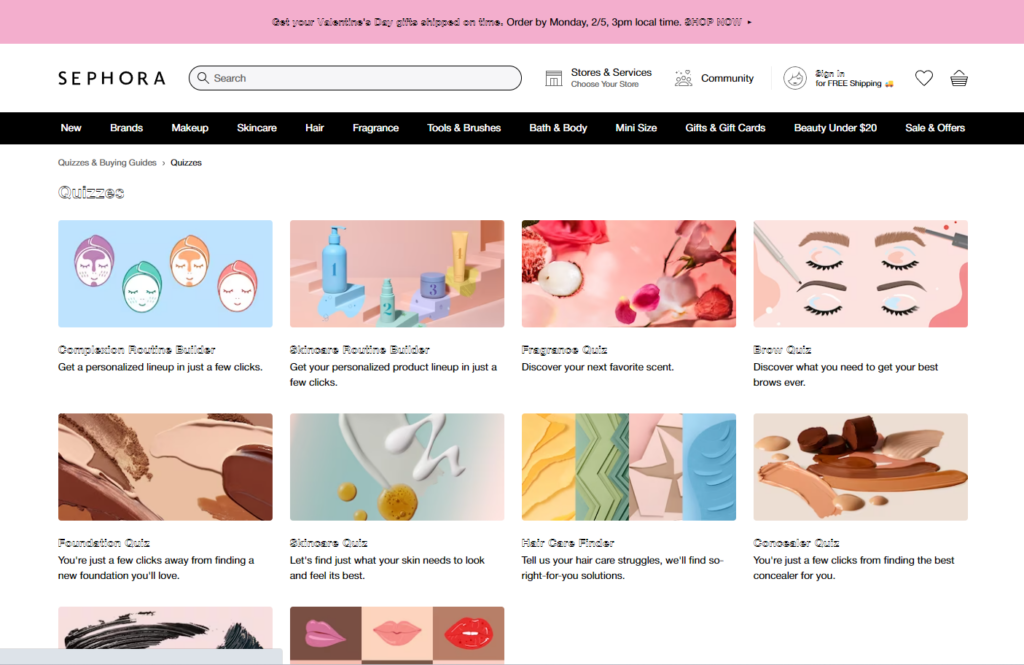
The underlying principle in both cases is the strategic exchange of value. Consumers willingly provide information through loyalty programs, understanding that this data is utilized to enhance their experience.
In return, businesses utilize this zero-party data not just to understand consumer behavior but to proactively shape and optimize their offerings, creating a virtuous cycle of customer engagement and loyalty.
The success stories of Rue21 and Sephora underscore the potential of this interplay between zero-party data and loyalty programs in cultivating lasting and meaningful connections with customers.
Want to be up to date with Marketing?
Subscribe to our Retail CX newsletter!

Stay connected with what’s really important to optimize your digital revenues.
By clicking the button, you accept our Terms & Conditions. Also you will need to confirm your email address.
Challenges and Considerations
Data Privacy Regulations: Compliance with data privacy regulations like GDPR and CCPA is paramount. Marketers must ensure they have the necessary consent to collect and use Zero Party Data. Violating these regulations can lead to significant fines.
Data Accuracy: Ensuring the accuracy of Zero Party Data is a challenge. Inaccurate data can result in misguided personalization efforts and harm the brand’s reputation.
Data Security: Protecting customer data from breaches and unauthorized access is essential. Brands need robust security measures and encryption to safeguard Zero Party Data.
Consumer Trust: Gaining and maintaining consumer trust is crucial. Brands must be transparent about how they collect and use data, and they should respect customer preferences. Any breach of trust can lead to unsubscribes and damage the brand’s reputation.
Consent Management: Managing consent effectively is vital. Brands should have clear opt-in and opt-out mechanisms and respect customer choices regarding data usage.
Integration Challenges: Integrating Zero Party Data into existing marketing systems and databases can be complex. Marketers need to ensure seamless data flows across their tech stack.
Data Portability: As consumers gain more control over their data, brands may need to facilitate data portability. This requires systems that allow customers to move their Zero Party Data between brands and platforms.
Data Silos: Data can become siloed in different departments or systems within an organization. Marketers should work to break down these silos to gain a holistic view of customers.
Data Quality: Maintaining data quality is an ongoing challenge. Regularly cleaning and validating data is essential to ensure it remains accurate and useful.
Future Trends in Zero-Party Data and Email Marketing
Enhanced Personalization: As technology improves, email marketers will have more data to create highly personalized email experiences. Customized content, product recommendations, and dynamic email elements will become even more prevalent.
Increased Use of AI and Machine Learning: AI and machine learning algorithms will play a significant role in analyzing Zero Party Data to predict customer preferences and behavior. Marketers will rely on AI to automate segmentation and personalize email content.
Ethical Data Practices: With increased scrutiny on data privacy and consumer consent, ethical data collection and usage will become a standard practice. Brands will prioritize transparency and build trust by respecting customer preferences and consent.
Interactive Emails: Interactive emails, such as quizzes, surveys, and gamified content, will gain popularity. They provide an engaging way to collect Zero Party Data directly from subscribers.
Zero-Click Emails: Zero-click emails, which allow users to take action without leaving the inbox (e.g., making a purchase or completing a survey), will become more common, simplifying the user experience and increasing engagement.
Voice Assistants and Email: As voice assistants like Siri and Alexa become integrated with email, brands will adapt their email marketing strategies to cater to voice search and voice-activated email interactions.
Contextual Marketing: Marketers will focus on delivering emails at the right time and place based on the recipient’s context. Location-based marketing and real-time triggers will be used to send highly relevant messages.
Data Portability and Ownership: Consumers may gain more control over their data, including the ability to move their Zero Party Data between brands and platforms. Brands will need to offer data portability options.
Emphasis on Zero Party Data Security: With increasing cybersecurity threats, brands will invest in robust security measures to protect customer data and maintain trust.
Points to Remember
The Rise of Zero Party Data: Zero Party Data is gaining prominence in email marketing as consumers become more aware of data privacy and willingly share information with brands.
Collecting Zero Party Data Ethically: Brands should prioritize ethical data collection practices by obtaining explicit consent, respecting customer preferences, and ensuring transparency.
Personalization and Customization: Zero Party Data empowers email marketers to create highly personalized and customized email campaigns, leading to increased engagement and conversions.
Technology and AI: Leveraging AI and machine learning technologies can help marketers analyze and utilize Zero Party Data effectively, automating segmentation and content personalization.
Interactive Content: Interactive emails, zero-click emails, and other engaging content formats can help marketers gather valuable Zero Party Data while providing an enjoyable user experience.
Voice and Contextual Marketing: As voice assistants and contextual marketing gain traction, email marketers should adapt their strategies to meet the changing preferences and behaviors of consumers.
Data Security: Protecting Zero Party Data is paramount, and brands should invest in robust security measures to maintain consumer trust.
Regulatory Compliance: Staying updated on data privacy regulations and ensuring compliance is crucial for email marketers using Zero Party Data.
Sustainability and Green Marketing: Brands that align with sustainability and environmental concerns can leverage Zero Party Data to understand and resonate with their customers’ values.
Cross-Channel Integration: Integration of email marketing with other channels and platforms enables consistent and seamless customer experiences.
Consumer Data Ownership: The landscape may shift towards granting consumers more control over their data, which requires brands to offer data portability options.
Constant Evolution: The world of Zero Party Data and email marketing is constantly evolving, and marketers should be adaptable and open to new trends and technologies.
Wrapping Up
Leveraging Zero Party Data in email marketing represents a strategic shift towards more personalized and consent-driven communication. By directly obtaining information from users through transparent and value-driven interactions, businesses can build trust and gain valuable insights into customer preferences.
As marketers continue to navigate the digital world, adopting Zero Party Data methodologies stands as a forward-thinking approach to staying connected with audiences while respecting their privacy preferences.

